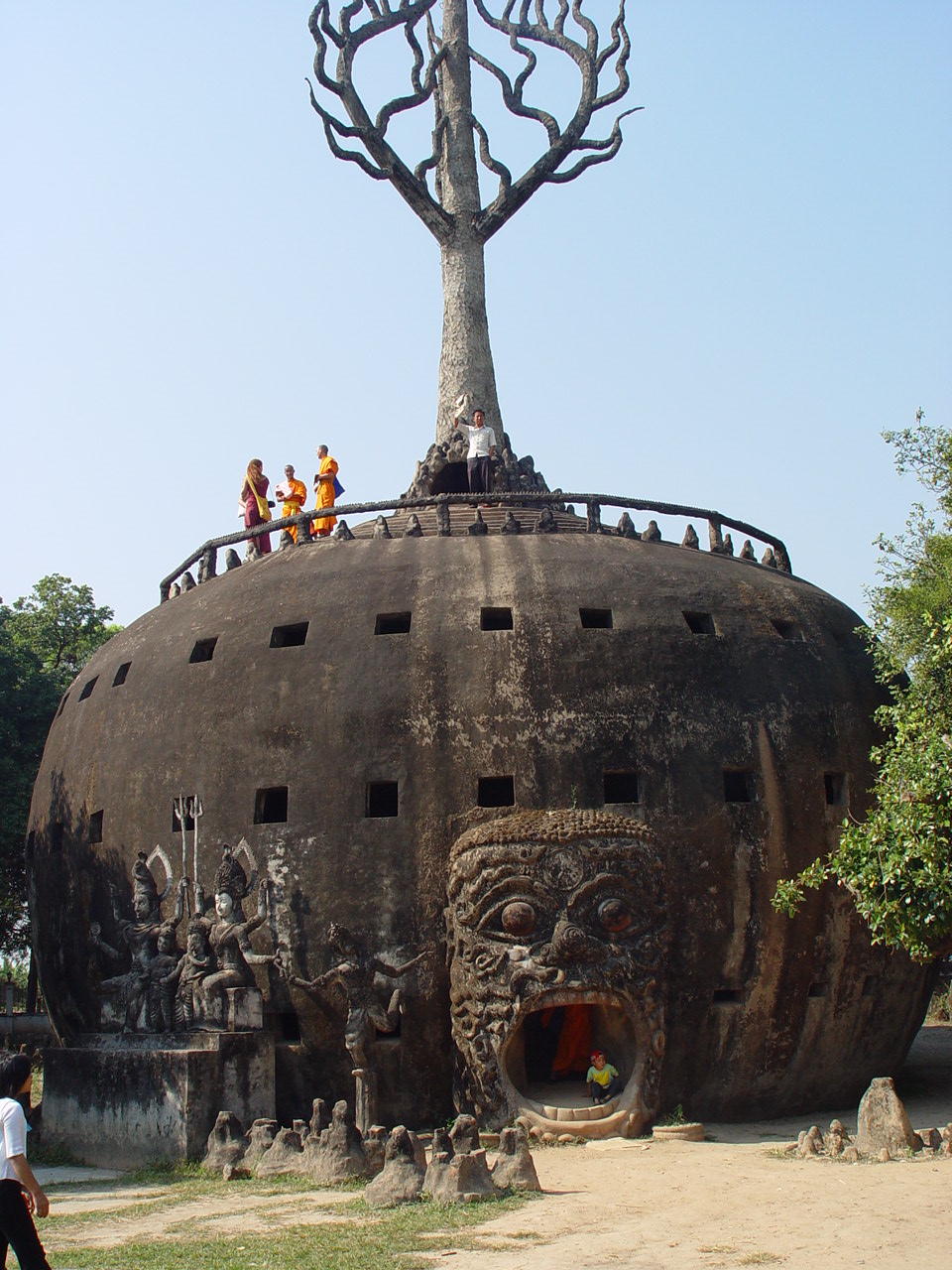
I happen to work best in horror, science fiction and fantasy, and am content I shall never be tapped to write a NASCAR Romance, so I'm going to outline some principles that may or may not work for you within these types of stories. Other rules apply to other forms, such as the mystery and western.
The basic structure of a modern short story is now approximately 9,000 to 12,000 words, or 36-48 pages long. Most have a beginning, middle and end. On this, the important thing to urge is: An end. These are self-contained stories that assume someone has not read previous or later works, and avoid the common complaint "The story didn't so much end as simply stopped."
Your story should have a definite who, what, when and where. For horror stories, the how and why can be somewhat mysterious and there may be a few instances where you don't reveal this. (Although you, as the writer should know.)
One writer has described the writer's puzzle as: Take a person. Put them in a tree. Now get them down somehow. I would also remember the old newspaper joke that says a dog biting a man isn't news. But a man biting a dog? That's news.
Armed with that, for beginning Southeast Asian American horror stories there are some very easy formulas that allow for some compelling ideas and infinite variety within them. Factors we consider are:
Time Setting: Stories will be set in either a historical, modern or in a few rare cases futuristic setting. Most of the futuristic settings tend to be near-future or 'post-apocalyptic' or 'mid-apocalyptic.'
Location: Most stories will choose between remote or rural locations, urban locations, a mix, possibly with a sense of global movement.
Protagonist: The person we're following in the story. We used to call this the hero or the good person, but many modern stories don't necessarily put you in a good person's shoes. A protagonist is likely to be either a woman or a man, a child, adult, or elder. A good horror story will give them an advantage or two, but also an internal or external disadvantage that puts them at risk. It's preferred to see stories told from viewpoints we've rarely seen before.
Without risk, if the conclusion appears automatic, there is no tension, excitement or terror within the story: "Well, of course Rambo, soaked in holy water covered with garlic, crosses and armed with stake-firing machine gun defeated the vampire in a showdown at high-noon," would not make for much of a story. Well, maybe in this case it would, but that's pretty rare.
Threat: Threats to the protagonist in a horror story will tend to be either internal, external, or a slight combination of both. Those threats may be natural, supernatural or possibly alien, although the use of aliens in horror is something most prefer to use sparingly. For Southeast Asian American horror, we can anticipate the supernatural creatures will most likely be from ancient cultural tradition (or possibly a rival ancient tradition) or a more local tradition.
Stakes: Usually, stakes are life and death, which is somewhat predictable but it makes the stories worth telling. The prevailing thought goes: Few people sign on for a horror story that is essentially 'the very big inconvenience.'
Horror by its nature demands something horrible arrive to at least one person, possibly many. And the protagonists are aware of the possibility and the stakes. Some people like the protagonist to have a happy ending, others do not. But at no point should a character's survival be an automatic given.
Under these basic ideas, this can result in many intriguing scenarios such as 'Hmong shaman versus eurotrash vampire on holiday,' 'Lao rapper meets a disguised phi pob after a concert in Milwaukee,' 'Vietnamese poet meets the hairy nguoi rung while he gets lost taking a tourist trek' Please, no glittering mummies.
There's more we can discuss here, but let's hear from you.
No comments:
Post a Comment